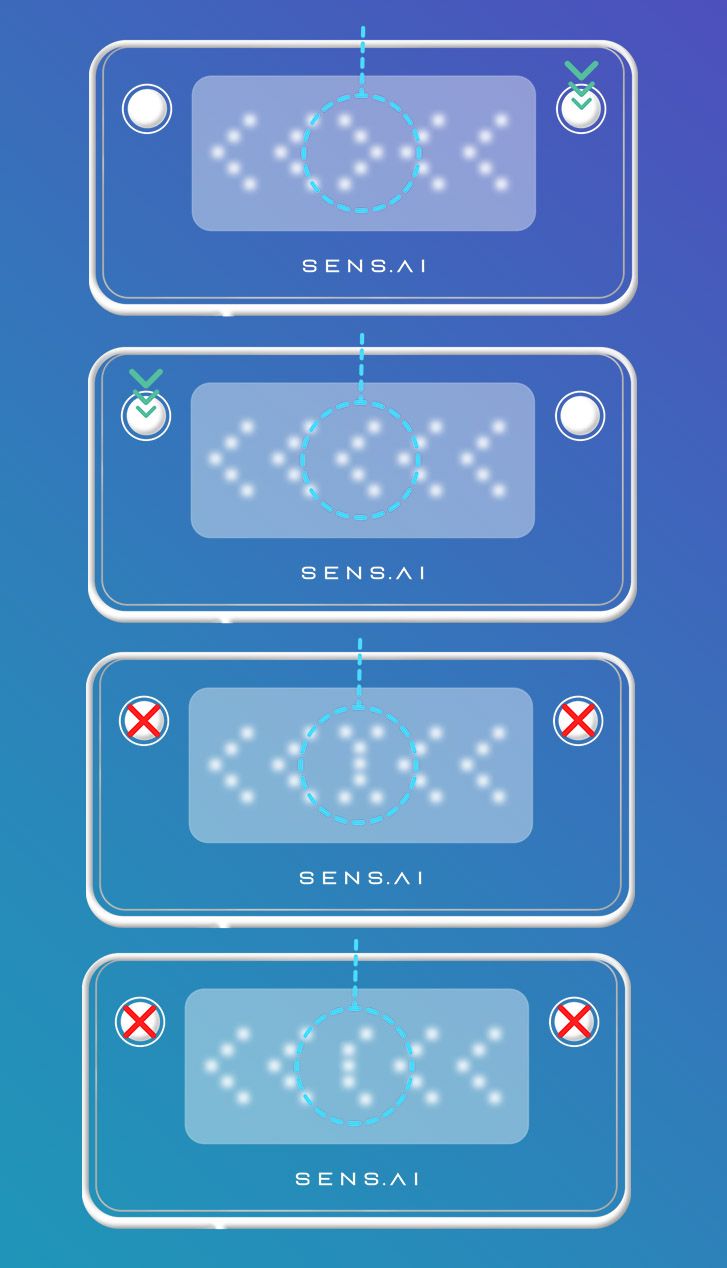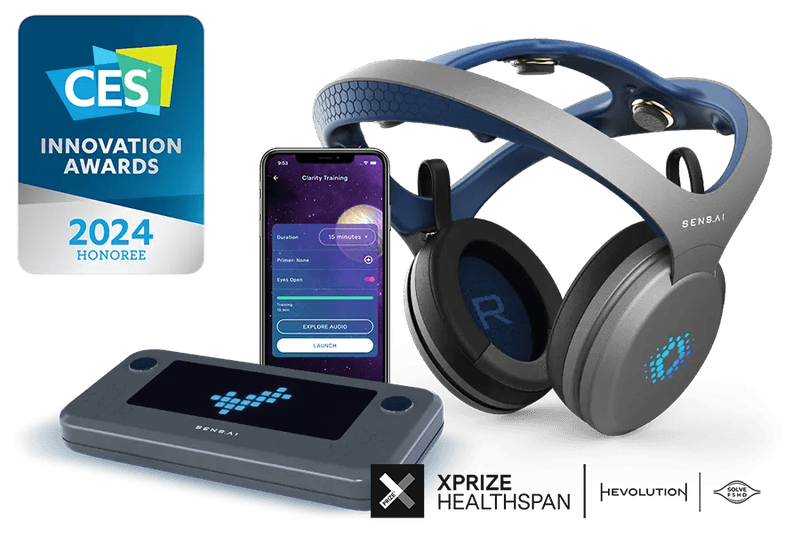Event Related Potentials

Event-Related Potentials (ERPs) are precise measurements of the brain’s electrical activity in response to specific stimuli—such as images, sounds, or decisions—captured in milliseconds using electroencephalography (EEG). These brainwave signals are “time-locked” to events, meaning they occur in predictable patterns relative to when the stimulus is presented.
Unlike general EEG recordings, ERPs allow researchers to isolate and analyze specific aspects of information processing—especially those that happen before we’re even aware of them. This pre-conscious processing occurs within the first few hundred milliseconds after a stimulus. For reference, conscious thought typically lags behind, registering new input only after about 500 milliseconds.

ERPs are not just about speed—they reveal the brain's power and precision in executing key cognitive functions. Different ERP components (such as the N200 or P300) reflect processes like error correction, impulse control, sustained attention, and response inhibition. These components are identified by their polarity (positive or negative) and the timing of their peak response in milliseconds after the stimulus.
Standardized laboratory tests are used to elicit these ERP responses. Common paradigms include the Auditory Oddball test (which evaluates novelty detection and attention), the Flanker Task (pictured, which assesses selective attention, cognitive control, and error monitoring), and the Go/No-Go Task (used to evaluate impulse inhibition). Each test targets specific brain operations by creating conditions of interference or unpredictability that challenge the brain’s timing and regulatory mechanisms.
By analyzing ERPs, scientists can assess the timing and quality of pre-conscious cognitive functions—offering powerful insights into the hidden layers of brain performance.
ERPs are a record of the brain’s neural response to new stimuli on a millisecond by millisecond basis as measured by electrodes on the scalp. An event or audiovisual stimulus is introduced via a digital display and headphones. The timing and amplitude of the brain’s responding electrical signals (or potentials) yield the ERP components such as the N200 and P300. Each component reflects a different cognitive operation. The preceding N or P indicates the negative or positive polarity associated with the electrical response, whereas the number indicates the peak latency of the component response in milliseconds.


Ready to experience Brain Performance Testing?
Whether you want better sleep, sharper focus, or to evolve into your highest potential—Sens.ai was built for your journey.
